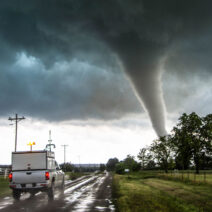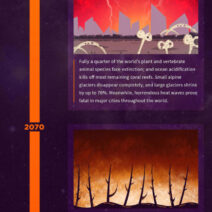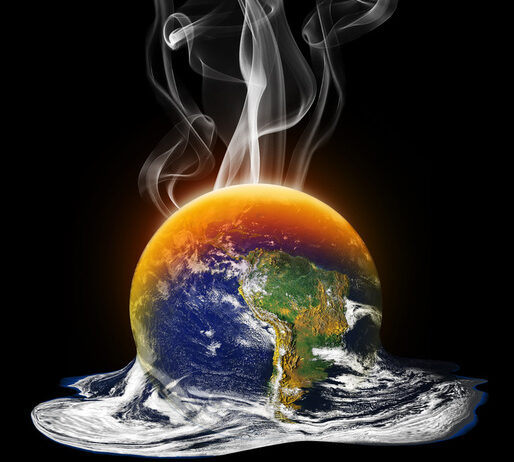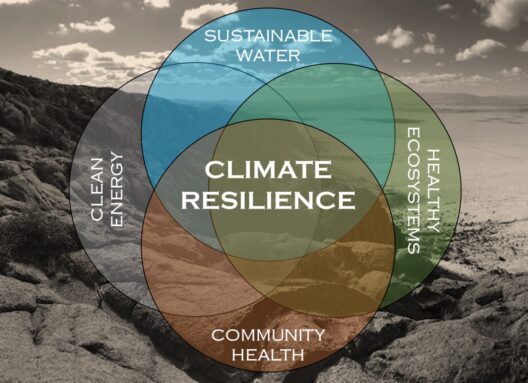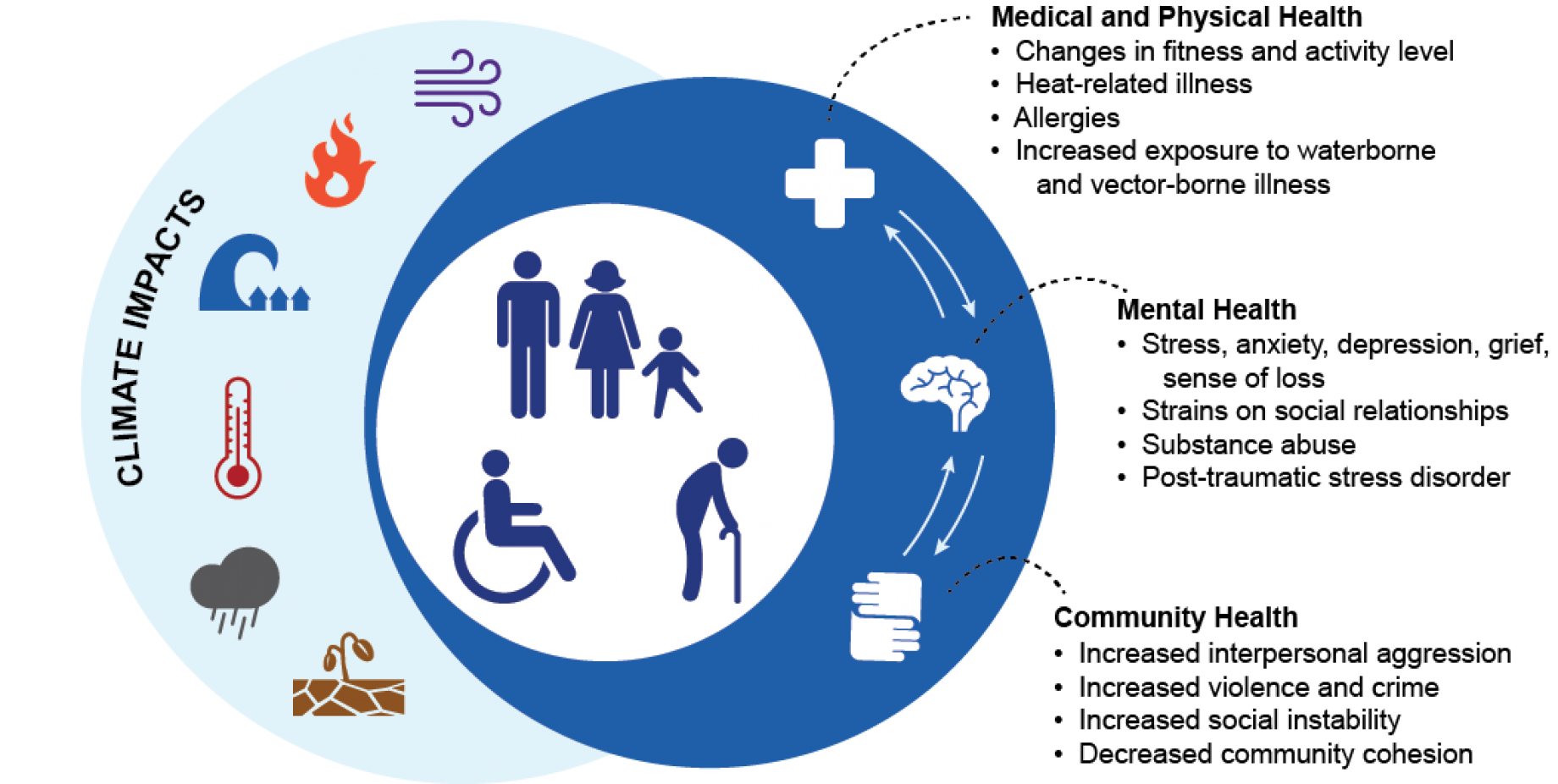Rainforests, often dubbed the lungs of the planet, engage in a complex process called respiration, which is essential for maintaining ecological balance. This intricate mechanism not only supports biodiversity but also plays a significant role in mitigating global warming. Indeed, the interplay of respiration in tropical rainforests warrants attention, as it offers a promising shift in perspective towards understanding climate dynamics and the pivotal changes necessary for a sustainable future.
The respiratory process in rainforests involves both photosynthesis and respiration, two complementary activities that sustain forest ecosystems. During daylight, trees absorb carbon dioxide (CO2) from the atmosphere and utilize sunlight to convert it into glucose, releasing oxygen as a by-product. This process is vital, as it is the primary mechanism through which atmospheric CO2 is sequestered, thereby lowering greenhouse gas concentrations. Conversely, during the night, respiration occurs, where trees consume oxygen and release CO2 back into the atmosphere. It is crucial to appreciate that while respiration may seem counterproductive to the cause of climate change, it is a natural and essential part of a balanced ecosystem.
Understanding rainforests’ respiration extends beyond mere biological interest; it encapsulates broader implications for global warming mitigation. Tropical rainforests, encompassing approximately 6% of Earth’s surface, are responsible for a staggering share of global carbon fixation. Their ecosystems harbor a vast array of plant and animal species, many of which are endemic, underscoring their importance in biodiversity conservation. When these trees perish due to deforestation or climate change, they release stored carbon back into the atmosphere, exacerbating the greenhouse effect. Thus, safeguarding these forests is paramount in the collective fight against climate change.
Deforestation presents one of the most significant threats to rainforest ecosystems. Driven predominantly by agricultural expansion, logging, and urban development, the rapid reduction of forested areas leads to increased CO2 levels in the atmosphere. This not only disrupts the delicate balance of respiration and photosynthesis but also diminishes habitat for countless species. As forests are cleared, the aforementioned interplay between carbon uptake and emissions becomes profoundly skewed, contributing to global warming.
Strategies for reducing global warming fervently hinge on the conservation of rainforest ecosystems. The promotion of sustainable forestry practices presents a viable pathway. For instance, selective logging and agroforestry enable the harvesting of timber while ensuring tree regrowth and the preservation of biodiversity. Implementing such practices can maintain the crucial functions of rainforests, allowing them to continue acting as carbon sinks.
Moreover, reforestation initiatives emerge as a pivotal component in climate action strategies. By restoring deforested areas, it is possible to replenish the carbon stock that would otherwise be lost. Reforestation not only captures carbon but also enhances local biodiversity, revitalizes ecosystems, and improves the livelihoods of indigenous peoples. It is essential to recognize that the fate of rainforests is inexorably linked with the health of the planet. Thus, community-based forest management and the support for indigenous land stewardship can lead to sustainable outcomes while ensuring that ecosystems thrive.
Education and awareness play a critical role in fostering societal engagement in rainforest conservation efforts. By disseminating information on the ecological significance and the threats faced by these vital ecosystems, personal responsibility towards climate action can be cultivated. When individuals comprehend the multifaceted benefits of rainforests—ranging from climate regulation to the provision of medicines—they are more likely to advocate for protective policies and support conservation endeavors.
In addition to systemic conservation efforts, technological innovations such as remote sensing and satellite imagery have revolutionized our capacity to monitor rainforest health. These tools enable scientists and conservationists to track deforestation rates, evaluate ecosystem services, and prompt timely interventions. Harnessing technology in this manner can not only enhance our understanding of rainforest dynamics but also empower local communities with the information necessary to safeguard their resources.
Climate change mitigation also necessitates global cooperation. The interconnected nature of environmental issues calls for a multi-faceted approach, incorporating frameworks such as the Paris Agreement, aimed at uniting nations in their commitment to limit global temperature rise. Countries harboring vast expanses of rainforest possess a critical responsibility to implement policies that protect these invaluable ecosystems while collaborating with the international community to pursue holistic climate solutions. Initiatives like REDD+ (Reducing Emissions from Deforestation and Forest Degradation) serve as a model for incentivizing forest conservation while promoting sustainable development.
Ultimately, the resilience of rainforests underlies our planet’s ecological health and stability. Their unique ability to sequester carbon provides hope in mitigating the impacts of global warming. As we peer beyond the lush green canopy, we unveil not only the beauty of intricate ecosystems but also the urgent need to embrace sustainable practices and foster conservation efforts. Prioritizing rainforests within climate policies promises not only to combat climate change but also to preserve the irreplaceable biodiversity that depends on them.
In conclusion, the respiration of rainforests embodies a fundamental aspect of Earth’s life-support system. By recognizing their dual role in carbon dynamics and adopting strategies aimed at conservation and restoration, humanity can aspire to redress environmental imbalances and foster a sustainable interplay with nature. As the planet grapples with escalating climate challenges, a concerted focus on safeguarding the vibrant yet vulnerable realms of the rainforests becomes not merely an environmental imperative but a collective duty—one that promises to secure the planet’s future for generations to come.
